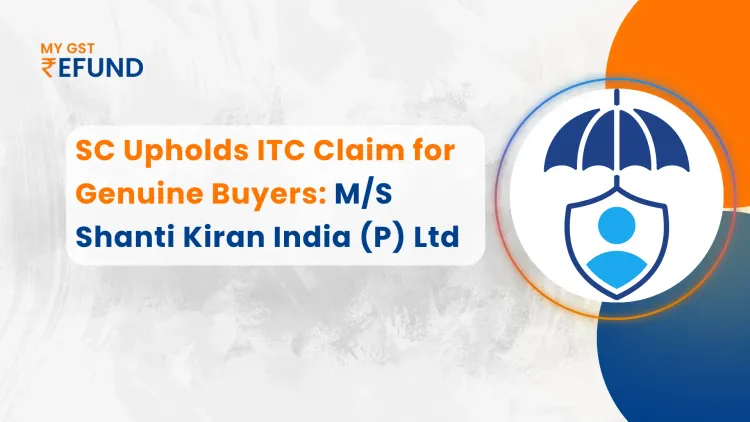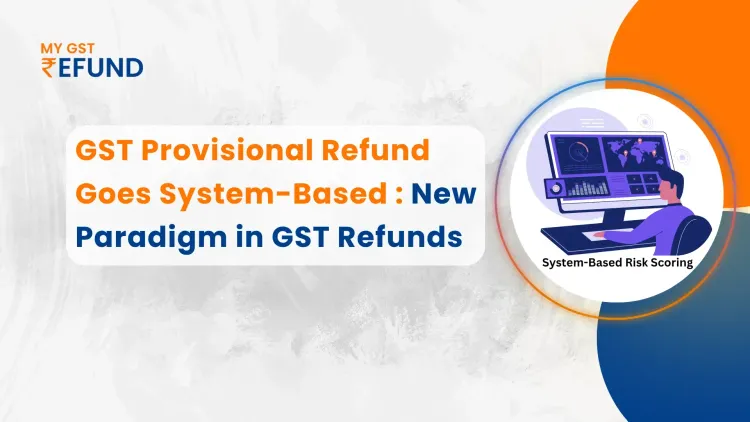Advisory on Recent Changes in Invoice Management System (IMS)
Published on: Wed Sep 24 2025
Bio (Reveal/Hide)

Advisory: Updates to the Invoice Management System (IMS)
September 23, 2025 | Advisory on Recent Changes in Invoice Management System (IMS)
The only purpose is to inform them of material changes or updates in the invoice management system. The main purpose of such changes is to simplify taxation changes and lighten the burden of compliance on taxpayers. This new system will allow easier payment of tax, reporting of income, and other tax activities more conveniently and faster. The ultimate goal is to simplify the taxing process for everyone.
Objective
Reduce the complexity of taxation and decrease the compliance burden.
The objective of tax reform is to make taxation less complicated and reduce the compliance burden of taxpayers. It is all about making the entire taxation process simple for businesses and individuals.
Simplifying Taxation
Simplifying taxation involves creating a less complex and more straightforward tax system. This can be achieved by:
- Fewer tax slabs: Reducing the number of diversified tax rates
- Minimum exemptions and deductions: This minimizes the tax filers' need to keep track of and claim many allowances, which could be burdensome.
- Easier rules: Making tax rules and laws simpler, with fewer vague words.
For tax filers, a simplified system equals less time to learn what they have to pay, and less complicated filing. For taxing authorities, it can make for more voluntary compliance and less contention.
Decreasing Compliance Burden
The burden of compliance is the effort, time, and cost that taxpayers must spend in complying with taxation. This covers everything from record keeping and form filling to document collection and responses to notices of tax.
Measures towards reducing this burden are:
Electronic file systems: Utilizing internet resources and computerized programs that pre-populate forms based on taxpayer data.
Timely information: Providing timely and clear information relating to new tax laws and deadlines.
Simplified procedures: Have all tax work simplified at one place in a single system (e.g., in an IMS).
Computerized systems: Shift from humans to automatons, with the breadth of the scope of human error and interference.
Significant Changes
A. Outstanding Record for Specified Files
Specified files can be kept outstanding by taxpayers for a single tax period only:
- Monthly taxpayers: 1 month.
- Quarterly taxpayers: 1 quarter.
Such flexibility is merely meant to allow for conformity. Such records can only be pending for a single tax period.
How long such a "one tax period" is depends upon the filing frequency of the taxpayer
For monthly filers, a tax period is a month. For them, therefore, they have one month in which they must act on pending records.
For quarterly filers, a tax period is a quarter. They thus have a complete quarter to manage their pending records before when they need to take a final step (e.g., accept or reject the record).
Records that may be pending:
Credit note or upward amendment of Credit note.
- Downward amendment of the Credit Note where the original CN was rejected.
- Downward revision of Invoice / Debit Note if the original invoice has already been accepted & GSTR-3B filed.
ECO-Document downward revision in case of acceptance original & GSTR-3B filed.
Records Eligible to be Placed on Pending
A tax administration system, such as an Invoice Management System (IMS), is allowed to have certain kinds of records pending. This needs to be done for the taxpayers to verify and reconcile data before locking their tax returns. Such records eligible to be put on pending include corrections or updates of already submitted documents.
Following is the definition of the individual records and why they can be put on pending:
- Credit Note (CN) or Upward Amendment of a Credit Note
- Original Credit Note: One can send a credit note to adjust the amount of the initial transaction in case of return of goods or price reduction. The payee can keep this credit note pending so that its contents are verified before it is accepted.
Upward Amendment:
This amendment can also be placed on suspense for verification by the recipient. Downward Amendment of a Credit Note where the original CN was rejected
This is utilized where a recipient has countered an original credit note. For the purpose of correcting the mistake or keeping a clean record, the issuer gives a "downward amendment" (i.e., a credit note of lesser value).
The recipient can keep such an altered record pending to ensure that it is accurate before accepting it. Downward Amendment of an Invoice / Debit Note where the original invoice was already accepted and GSTR-3B was filed.
This is an everyday scenario. A debit invoice or note has already been obtained and accounted for in the taxpayer's GSTR-3B tax return (a summary). In case of mistake, and a "downward amendment" is made (e.g., reducing the amount), the recipient can hold this amendment until future acceptance. This will give time to correct their own records and account for the variance without having an effect on their already-filed return immediately.
ECO-Document Downward Amendment wherein the initial one was accepted, and GSTR-3B was filed:
"ECO-Document" is employed for the e-commerce operators' documents. If, in the case of an original e-commerce document that has already been accepted and a filed GSTR-3B return, any "downward amendment" made to it later (decrease in value) can be placed on pending status.
- Declaration of ITC Reduction Amount
- Clarification of reversal of ITC:
- No reversal where ITC is not used.
- Partial reversal only to the extent used.
- Reporting ITC Reduction Amount
Explanation of ITC Reversal
New rules for reversal of Input Tax Credit (ITC) that contain two significant principles:
1. No reversal should be made where ITC was not used
Rule: In a situation where an enterprise has not utilized an ITC in an invoice or document, no reversal of any amount is necessary.
Reasoning: This prevents unnecessary compliance requirements and taxation for credits that were never utilized.
Illustration: In the situation of a credit note given against an invoice where the ITC was never utilized, no action by the taxpayer towards reversal is needed.
2. Reversal to the extent only of ITC utilized
Rule: Where a taxpayer availed only a fraction of the available ITC, subsequent reversal of obligation is to the same fraction amount availed only.
Example: Suppose one company received ₹50 out of a possible ₹100 ITC. When they need reversal in the future by way of amendment, they need only reverse the actual ₹50 they utilized, not the entire ₹100.
New facility in IMS:
- Taxpayers can post-avail ITC and reverse it in full/partly.
The facility also has:
- Already reversed ITC (in full/partly).
- ITC never availed.
- Used for specific records only.
New Facility in IMS: ITC Declaration and Reversal
There is a new facility added in the Invoice Management System (IMS) to give taxpayers more flexibility and transparency to handle their Input Tax Credit (ITC).
With this facility, taxpayers can:
- Make use of ITC declarations and reverse them in whole or in part according to needs.
- Handle already reversed ITC (whole or part), documenting previous action correctly.
- Set ITC never used, which helps in the clarity of cases where credit is not being utilized.
- According to the IMS definition, this feature records only
Save Remarks Option
The taxpayers shall be permitted to save remarks on rejecting/keeping pending records.
Remarks will:
- Will be available in GSTR-2B for future access.
- Visible to suppliers in the Outward Supplies dashboard.
- Rollout of remarks feature: roll-out planned soon.
Apart from these features, an "Option to Save Remarks" is being introduced. This feature will allow taxpayers to offer a reason or a remark while rejecting an invoice or when passing a record on hold.
Important Dates
From the October tax period.
Action due date pending: varying with the tax period on which the supplier has notified the document.
Effective from the October tax period- The changes for pending records and ease of declaration of ITC will come into effect on the portal from the October tax period.
⇒Read carefully before acting or filing returns.
Related Posts





